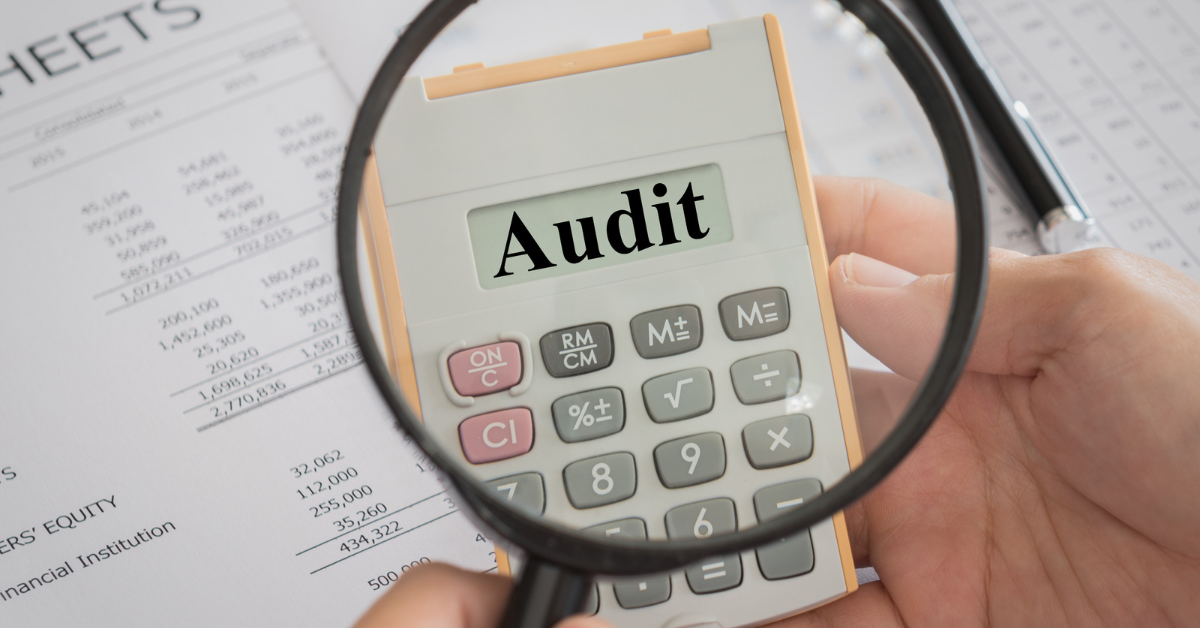October 4, 2022
Dear Editor,
In the EEPGL contract, it is specified that Guyana will receive in the Production Sharing Agreement (PSA), 50 percent of the profits, after EEPGL extracts upfront, and without Guyana’s prior review of the cost, 75 percent of the total revenue as cost. This proportional linkage between total cost (TC), total revenue (TR), and total profit is the most flagrant violation that has been included in the PSA, for it introduces the oil price as a variable in the cost function. As a result, this cost specification will destroy the objective of minimizing the cost of producing oil by EEPGL; for when the oil price (P) increases, the cost of producing the oil will also increase. Moreover, this specification will automatically reduce the magnitude of the profit to be delivered to Guyana, the Non-Owner-Associate (NOA) in the PSA.
Guyana is identified as the NOA for the following reasons: Even though Guyana owns the resource, Guyanese do not have access to all the real-time information on every transaction, since Guyana is not a shareholder in EEPGL; but must depend on whatever information EEPGL provides. An additional disadvantage is that there are no comparative data from another oil extraction and exporting business, as EEPGL is the first company in this industry in Guyana. However, this should not hinder us from being vigilant. Given the ownership and information constraints identified above, it is contended that the specification of cost being tied to revenue and profit will have a negative impact on the magnitude of the profit that Guyana will receive, while EEPGL will have the advantage of imputing costs through transfer pricing, among other avenues to claim revenue disguised as costs.
An example of how total cost will impact the distribution and magnitude of the profit will be described in the paragraphs below. The total cost (TC) function that EEPGL employs is specified as: TC = 0.75 (TR) = 0.75(PQ), where P is the price of a barrel of oil and Q is the number of barrels of oil. If Q is 10 barrels of oil; and the price (P) of a barrel of oil is $10.00, then the total cost (TC) is $75.00, derived as follows: TC = 0.75(PQ) = 0.75 ($10) (10) = $75.00. Now, if the price increases to $100.00 per barrel of oil and the number of barrels sold remains the same at 10 barrels, then the cost for these ten barrels of oil is $750.00 ((total cost = 0.75 (PQ) = 0.75 ($100x 10 barrels) = $750.00). This increase in the cost from $75.00 to $750.00 for the same 10 barrels of oil is outrageous, as the cost of the inputs used to produce the 10 barrels of oil cannot increase by $675.00, given that significant shares of the cost are contracted amounts.
For example, wages paid to workers or other inputs used in the extraction process cannot increase by that amount, given that workers’ wages and the cost of inputs are delivered under specified contracts that do not include the price of a barrel of oil. Similarly, the interest cost on loans will be fixed and will not be impacted by changes in the oil price. In the circumstances, it is evident that this cost specification which includes the oil price is unfair, since a cost function always excludes the price of the product in its structure, but only considers the cost of the inputs used in production and the number of barrels of produced oil. What is also worrisome is the burden of the 75 percent in the cost function: TC = 0.75(PQ).
For example, since the average cost of a barrel of oil is 0.75P (this is: TC/Q = 0.75P), this implies that as the price of a barrel of oil increases, the average cost of a barrel of oil increases. For instance, if the price is $50.00, then the average cost per barrel is $37.50. If the price increases to $100.00, then the average cost per barrel is $75.00. Given that Guyana has high quality, light crude oil that is less expensive to perhaps extract and process than heavy crude, how was 75 percent determined? Why was it not 50 percent or something less? This question is posed because this mysterious 75 percent number in the PSA determines upfront the magnitude of the profit to be shared. For example, Profit = PR – TC = (PQ – 0.75 PQ) = 0.25PQ. This implies that profit is 25 percent of Total Revenue of which Guyana and EEPGL will each receive 12.5 percent. If this number was 50 percent instead of 75 percent, then profits will be 50 percent of total revenue and Guyana and EEPGL will each receive 25 percent of the profit. I would contend that EEPGL must explain how this 75 percent number was determined, since it has a negative impact on the profit share.
Incidentally, it is implausible to think that EEPGL, a subsidiary of Exxon Mobil, would settle for a profit share of only 12.5 percent, given the speed and magnitude of the investment, extraction and export activities of the company. I would further ask EEPGL to explain why total revenue (PQ) is included in the cost function? If no answers are provided by EEPGL, then the Guyanese people will have to depend on the work being undertaken by the audit team, as they must have access to information that will shed light on the many unknowns. Finally, because total cost increases when the oil price increase; that the total cost incurred above 75 percent of total revenue in any year is transferred to the next year; and that the cost is fully controlled by EEPGL without any review by Guyana before any purchase is made, it is plausible to conclude that PSA does not mean, the Production Sharing Agreement (PSA), but for Guyana as the NOA, this means ‘Please, Step-Aside’.
Sincerely,
Dr. C. Kenrick Hunte
Professor and Former Ambassador











